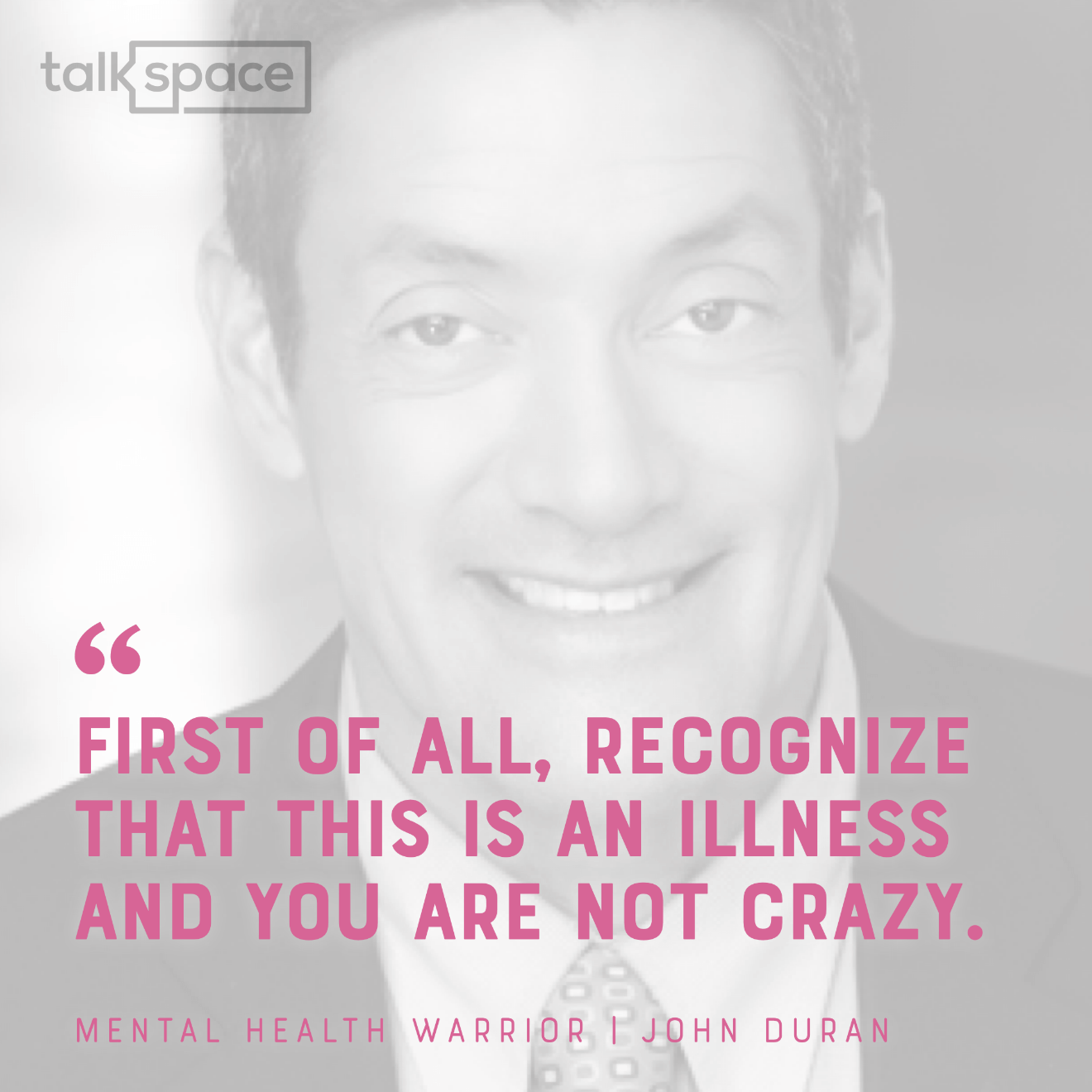For many people, deciding when and how to come out is empowering. However, it can be daunting in the beginning and coming to terms with your decision can feel overwhelming. When to do it, how to do it, who you should tell first…it’s all part of the process.
Loving and accepting your gender identity means you can begin to ask others to love and accept you too. Once you’re comfortable and confident with your decision, coming out may not be as intimidating as you feared. Recent studies show that as many as 86% of respondents have come out to at least one (or more) close people in their lives.
If you’ve been wondering about ways to come out, we’re exploring everything you need to know here. What you should think out about before you do it, what are the different stages of coming out, what are some of the different ways you might go about it, and what you can expect after. Get prepared and informed with the right coming out tips in this guide.
Whether you’re coming out as trans, lesbian, gay, queer, bisexual, asexual, or any other type of gender identity, read on.
Things to Consider Before Coming Out
It’s true that coming out can be complicated. We live in a society that often wants us to conform to mainstream ideas about sexuality. Unfortunately, this can make it hard for people to live a true and authentic life. Feeling like you don’t fit a specific role that’s based solely on societal norms can make the process even more difficult. However, your gender identity and sexual orientation is worthy of embracing.
LGBTQIA+ affirmative therapy can help.
Looking for a LGBTQIA+ affirmative therapist? Find an experienced therapist
If you’ve decided it’s time, you might be looking for coming out tips. You need to be ready to face not only reactions from friends and family, but the societal responses that may come your way as well. Keeping certain things in mind can make the process a bit easier.
“Coming out is an ongoing process. One way to start this process is by reading about other peoples’ experiences of coming out and learning about organizations and groups that can support and mentor you.”
If you’re ready, you’re ready
If you feel committed to and confident about coming out, then you’re probably ready. Don’t let others’ expectations about you dictate when the time is right. Many people recall their coming out journey as a very liberating experience.
Reasons people say helped them come to the decision include:
- They were in a healthy and committed relationship and excited to introduce their partner to others in their life
- They were ready to connect with a community of like-minded people and didn’t want to have to hide those relationships
- They were looking for a relationship and ready to be open about it
- They just felt it was time and wanted to share their authentic self with others in their life
Know that your journey is your own
Remember that deciding when and how to come out probably isn’t going to be the same experience for any two people. This is more than just OK — it can be something really great if you look at it the right way.
Your journey is yours and yours alone. There’s no right or wrong way to do it. There may not be a perfect time, and that’s fine. It’s whatever feels right, healthy, and safe for you and your situation.
It’s OK to change your mind or be selective
You certainly don’t have to come out to everybody in your life all at once. Many people decide to come out to one trusted and close friend or family member at first. The process can be slow, and it can take time. You can be selective in who you share your news with, and there’s nothing wrong with slowly coming out as you gain confidence along the way.
There are no rules about how, when, or who
By now you might be sensing a theme…there are no rules to coming out. It should feel right for you. Deciding when you come out, how to come out, and to whom you come out is a personal decision.
Find your safe place
Ideally, you’ll come out in a safe and comfortable place. We’re not just talking about physical location here — rather, we’re talking about the whole environment, a combination of the people you’re surrounded with and how you choose to express your identity.
“When you are ready to share with others, be intentional about seeking out supportive individuals and organizations. Your story is important. Surround yourself with safe people that you trust to hear your story and respond with compassion. You don’t have to come out to everyone all at once.”
Your coming out journey will be much easier if you feel safe and like you’re in a trustworthy space. You might feel safest coming out to a close friend or family member first. Maybe you feel safer with members of your school community or a religious circle instead. Wherever you feel most supported in your life can be a good place to start.
The Stages of Coming Out
The stages to coming out are largely based on a theory that was developed by Vivian Cass in 1979. The Cass theory describes the process most people go through developmentally as they explore and begin to understand their identity as LGBTQIA+.
Cass’s 6 stages are:
- Identity confusion: Identity confusion begins with a general sense of wondering about homosexuality. During this first stage, you might have feelings of denial or feel confused about your sexual identity.
- Identity comparison: The comparison stage is where you begin to accept the idea that you might be gay. Often, there can be a sense of social isolation during this stage.
- Identity tolerance: As you begin to accept your sexual identity more and more, you might feel less confused. However, this stage often coincides with increasing social isolation because the idea of being different from what society expects of you begins to sink in.
- Identity acceptance: During the acceptance stage, you might be feeling like you’ve come to terms with how you identify. You’ve internally answered most, if not all, of the questions you might have had at one time. You might even begin seeking out contact with the LGBTQIA+ community.
- Identity pride: Identity pride is the stage where you can start to feel a sense of pride about belonging to the LGBTQIA+ community. You might find you’re immersing yourself in the culture, and you may be having feelings of anger towards heterosexual communities or others in your life who aren’t willing to accept you.
- Identity synthesis: The final stage involves starting to bring your sexual identity into other areas of your life as you begin to build a whole identity. Sometimes the overt pride or extreme anger that was felt in stage 5 begins to dissipate, and you might even begin to find yourself able to feel authentic in both heterosexual groups as well as LGTBQIA+ communities. Identity synthesis can typically be viewed as finally getting to the place where you have an internal, symbiotic relationship between who you are publicly and who you see yourself as privately.
Tips to Keep in Mind When You’re Ready to Share
Once you’re confident about coming out, there are a few things you might want to keep in mind:
- Many people find it helps to choose one person to come out to first. This can be someone you feel you can trust and who would be the most supportive.
- Think about what you want to say before you have the conversation.
- Choose a time and place that feels safe to you.
- Remember that some people in your life might have a negative reaction at first. Try to give them their space and allow them to absorb the information you just gave them.
- If you do run into any adverse reactions, try not to let that get you down. Many people just need time. If someone in your life truly can’t accept who you are, remember that your authenticity and your own truth is more important than anyone else’s opinion. You have the right to be who you are. Someone’s acceptance or rejection of you and your sexual identity doesn’t need to define you. Yes, it can be hard to face friend or family rejection, which is why it’s so important for you to find a support system.
- On that note, as you come out to more people, keep those who are most accepting closest to you. Allies can help you every step of the way. It always helps to know you have somebody on your team.
Remember that if you need support, finding an online therapist is one way you can get the help you’re looking for. An LGBTQIA+ therapist can ensure you have the mental health resources you need while navigating this time.
Different Ways to Come Out
“Everyone’s coming out process is different and that’s okay. There is no right or wrong way to come out.”
The most important part is that you do it in a way that feels true, honest, and safe.
You can choose to come out to one person at a time, or you can do one big announcement to groups of people in your life. At the end of the day, how you come out is a personal decision. You can decide to share your news:
- In person
- Over the phone
- Via text
- In a small group setting
- On social media
- By writing a letter
- Posting a video on YouTube
- In a creative way, like through a poem, skit, or performance
- During a special gathering where your closest friends, family, and loved ones will all be together
- Baking a rainbow cake
However you decide to come out, trust that when you feel ready to do it, you’re strong enough. It can be as serious or lighthearted and fun as you need it to be.
There are many resources available to you, so if you don’t find immediate support and acceptance in your inner circle, you can reach out for outside help — from local support groups to online organizations and groups, you can get the assistance you need.
What to Expect After Coming Out
You should be prepared going into the conversation that people might have questions. Even if the initial reaction is one of disbelief, try to be patient and give people the time they need to come to terms with what you’ve just told them.
Common questions people ask when a friend or a loved one comes out to them might include:
- How long have you known?
- Are you sure?
- Are you dating anyone?
- How do you know for sure?
- Do you need anything from me?
- Are you sure this is not a phase?
- How can I support you?
Just like there’s no one way for you to come out, there’s no one standard reaction you can expect. Know that you’re within your right to not answer any questions that make you uncomfortable, but having an open and honest dialogue can be a good way to move forward.
You should be prepared in case somebody does not believe you, and unfortunately, you may have people in your life who try to convince you that you’re not a member of the LGBTQIA+ community. Again, it’s really important that you know and believe your sexual identity is valid and that your authenticity is yours alone, regardless of what other people might try to tell you.
Often people find that they need to set boundaries in the beginning, and you should probably be prepared with what that might look like for you.
How to prepare for the reaction
In a perfect world, you’ll find immediate acceptance and support. The people closest to you will love you and reassure you that they accept you. That said, this is not always the case. Try to prepare for any negative reactions or discrimination you might get, and though it’s hard, try not to take them personally. To help you through it, find LGBTQIA+ mental health resources or visit our emergency resources page for additional resources for immediate help.
Be sure to let people know if they can share your information — this is most important in the beginning if you come out to one or two people at a time. It’s perfectly fine for you to let people know if you haven’t told your parents, close friends, or other family members. Remind people that this is your news to share and if you’re not ready, their confidence is important to you.
Coming out can feel downright terrifying, but you’re perfect exactly as you are. You’ve got this.
Sources:
1. Handout models – California State University, Dominguez Hills. (n.d.). from https://www.csudh.edu/Assets/csudh-sites/safe-space/docs/handout-models.pdf. Published 2011. Accessed December 30, 2021.
2. Chapter 3: The Coming Out Experience. Pew Research Center’s Social & Demographic Trends Project. https://www.pewresearch.org/social-trends/2013/06/13/chapter-3-the-coming-out-experience/. Published 2013. Accessed November 30, 2021.
3. Coming Out As You!. The Trevor Project; 2021:26. https://www.thetrevorproject.org/wp-content/uploads/2017/09/ComingOutAsYou.pdf. Accessed November 30, 2021.
Talkspace articles are written by experienced mental health-wellness contributors; they are grounded in scientific research and evidence-based practices. Articles are extensively reviewed by our team of clinical experts (therapists and psychiatrists of various specialties) to ensure content is accurate and on par with current industry standards.
Our goal at Talkspace is to provide the most up-to-date, valuable, and objective information on mental health-related topics in order to help readers make informed decisions.
Articles contain trusted third-party sources that are either directly linked to in the text or listed at the bottom to take readers directly to the source.




